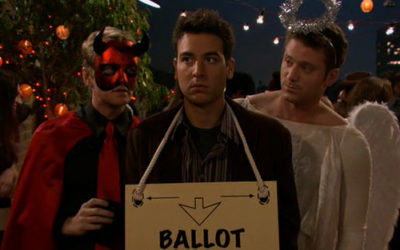Question of the week
OK, your people are moving. But are they dancing?

BY
DANIEL LUTZ
MARCH 15, 2017
Ok, most business leaders don’t quite phrase their question in this way, but they do want to know how they make their organization more dynamic, more responsive to their customers’ movements, and more coordinated as a whole (the corporate equivalent of “swing dancing” – energetic, individual but in-sync, fun and known the world over!).
But while organizations say they want to be swinging with passion, most of the time, they’re simply doing the “stasis shuffle” – a kind of dancing on the spot. Because what the vast majority of people and teams in organizations – from the leaders on down – have learned to do is to appear as if you’re moving, but to stay firmly in one spot.
“They learned the stasis shuffle – appearing as if you’re moving, but staying firmly in one spot.”
That is why consultants are brought in so often. Consultants are ritualised, highly-paid scape-goats. They come in, perform an in-depth analysis, write a long report which few people actually read and then disappear, having barely created a ripple. Leaders can prove to their boards they’ve been proactive and diligent, employees can snigger and bemoan how little external consultants understand what they do, and everyone can sigh and go back to their shuffle.
That is why my colleagues and I do not consider ourselves consultants. And why we don’t write long reports. We do not want you to think of us as consultants. We want you to think of us as your dance choreographers.
“Consultants are ritualised, highly-paid scape-goats. But we are your dance choreographers.”
Want new articles right in your inbox?
Subscribe to our awesome newsletter.
How your brain makes you do bad things after doing good
Praising yourself for ‘good’ behaviour makes it more likely you will do something ‘bad’ afterwards.” Then what should you do?
What can teenagers teach leaders about learning and change?
Employees are in an identity crisis, asked to be different and behave in new ways. Like teenagers. What can these transformation experts teach leaders?
Fighting change fatigue with…snowballs?
Employees suffer from change fatigue. How do we balance the current imperative to change with our innate reluctance to change?



